Precision instrument bolsters efforts to find elusive dark energy
Friday, 28 June 2024 20:41 Dark energy - a mysterious force pushing the universe apart at an ever-increasing rate - was discovered 26 years ago, and ever since, scientists have been searching for a new and exotic particle causing the expansion.
Pushing the boundaries of this search, University of California, Berkeley physicists have now built the most precise experiment yet to look for minor deviations from the acce
Dark energy - a mysterious force pushing the universe apart at an ever-increasing rate - was discovered 26 years ago, and ever since, scientists have been searching for a new and exotic particle causing the expansion.
Pushing the boundaries of this search, University of California, Berkeley physicists have now built the most precise experiment yet to look for minor deviations from the acce NASA-IBM team up for large language models for advanced research
Friday, 28 June 2024 20:41 Collaborations with private, non-federal partners through Space Act Agreements are a key component in the work done by NASA's Interagency Implementation and Advanced Concepts Team (IMPACT). A collaboration with International Business Machines (IBM) has produced INDUS, a comprehensive suite of large language models (LLMs) tailored for the domains of Earth science, biological and physical sciences
Collaborations with private, non-federal partners through Space Act Agreements are a key component in the work done by NASA's Interagency Implementation and Advanced Concepts Team (IMPACT). A collaboration with International Business Machines (IBM) has produced INDUS, a comprehensive suite of large language models (LLMs) tailored for the domains of Earth science, biological and physical sciences Video game designers battle to depict climate impacts
Friday, 28 June 2024 20:41 Game designer Sam Alfred is keenly aware of the challenge he faces in trying to build a video game with climate change at its heart.
Lists of best-selling games are filled with titles pushing destruction and violence rather than constructive engagement with the environment.
Yet "Terra Nil", a strategy game designed by Alfred and released in March last year, puts players in charge of rebu
Game designer Sam Alfred is keenly aware of the challenge he faces in trying to build a video game with climate change at its heart.
Lists of best-selling games are filled with titles pushing destruction and violence rather than constructive engagement with the environment.
Yet "Terra Nil", a strategy game designed by Alfred and released in March last year, puts players in charge of rebu NRL CCOR begins mission on NOAA's GOES-U satellite to track space weather
Friday, 28 June 2024 20:41 The U.S. Naval Research Laboratory's (NRL) Compact Coronagraph (CCOR) launched on June 25 aboard the National Oceanic and Atmospheric Administration's (NOAA) Geostationary Operational Environmental Satellite-U (GOES-U) from NASA's Kennedy Space Center. The CCOR aims to detect and analyze coronal mass ejections (CMEs).
NOAA sponsored the NRL to develop CCOR, a small space telescope that cre
The U.S. Naval Research Laboratory's (NRL) Compact Coronagraph (CCOR) launched on June 25 aboard the National Oceanic and Atmospheric Administration's (NOAA) Geostationary Operational Environmental Satellite-U (GOES-U) from NASA's Kennedy Space Center. The CCOR aims to detect and analyze coronal mass ejections (CMEs).
NOAA sponsored the NRL to develop CCOR, a small space telescope that cre Advanced Tech for Crisis Response Unveiled by AHEAD Project
Friday, 28 June 2024 20:41 In a live demonstration on 25 June 2024, the AHEAD (Autonomous Humanitarian Emergency Aid Devices) project showcased advanced technologies designed for humanitarian aid and disaster management. The German Aerospace Center (DLR) collaborates with partners to develop remote-controlled transportation technologies to support disaster relief, aiming for driverless vehicles to reach areas inaccessible
In a live demonstration on 25 June 2024, the AHEAD (Autonomous Humanitarian Emergency Aid Devices) project showcased advanced technologies designed for humanitarian aid and disaster management. The German Aerospace Center (DLR) collaborates with partners to develop remote-controlled transportation technologies to support disaster relief, aiming for driverless vehicles to reach areas inaccessible Military space trackers to keep public informed on Starlink satellite reentries
Friday, 28 June 2024 20:02

A harmless asteroid will whiz past Earth Saturday. Here's how to spot it
Friday, 28 June 2024 16:03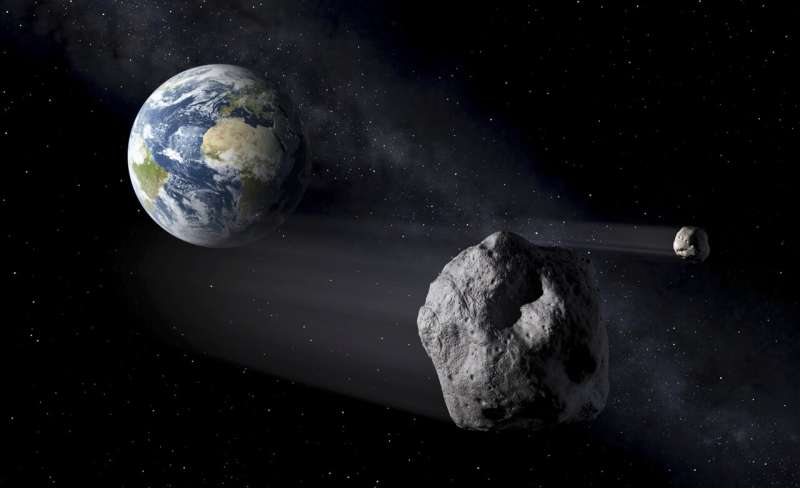
LLNL gamma-ray sensor has the best resolution
Friday, 28 June 2024 12:10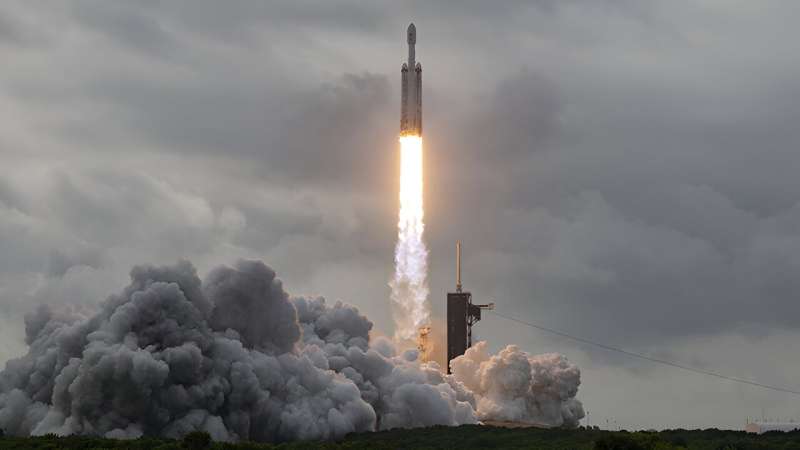
It's official. An instrument designed and built by Lawrence Livermore National Laboratory (LLNL) researchers is the highest-resolution gamma ray sensor that has ever flown in space.
The Livermore high-purity germanium (HPGe) gamma ray sensor is an essential part of a larger gamma-ray spectrometer (GRS) built in collaboration with researchers from Johns Hopkins Applied Physics Laboratory (JHAPL) in Laurel, Maryland.
The GRS is part of a suite of instruments launched Oct.13 from the Kennedy Space Center aboard a SpaceX Falcon Heavy rocket to make the first-ever visit to Psyche, the largest metal asteroid in the solar system.
Week in images: 24-28 June 2024
Friday, 28 June 2024 12:08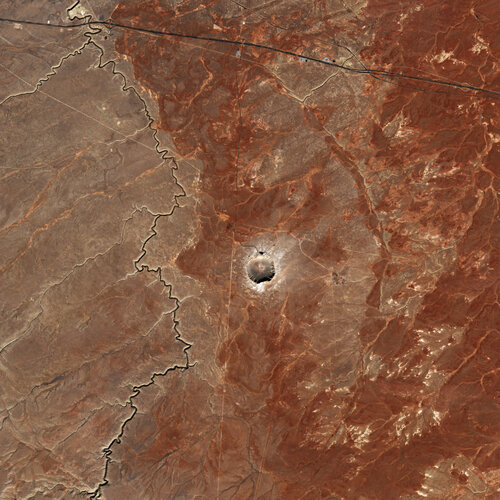
Week in images: 24-28 June 2024
Discover our week through the lens
The Space Force no longer has the luxury of time. It needs industry help to stay ahead.
Friday, 28 June 2024 12:00
NASA parachute sensor testing could make EPIC Mars landings
Friday, 28 June 2024 10:48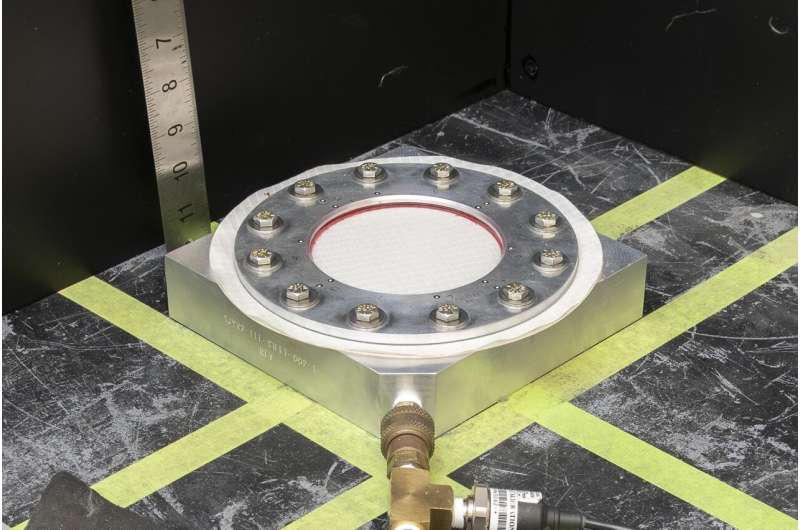
Europe satellite operator drops Ariane 6 rocket for SpaceX: report
Friday, 28 June 2024 10:47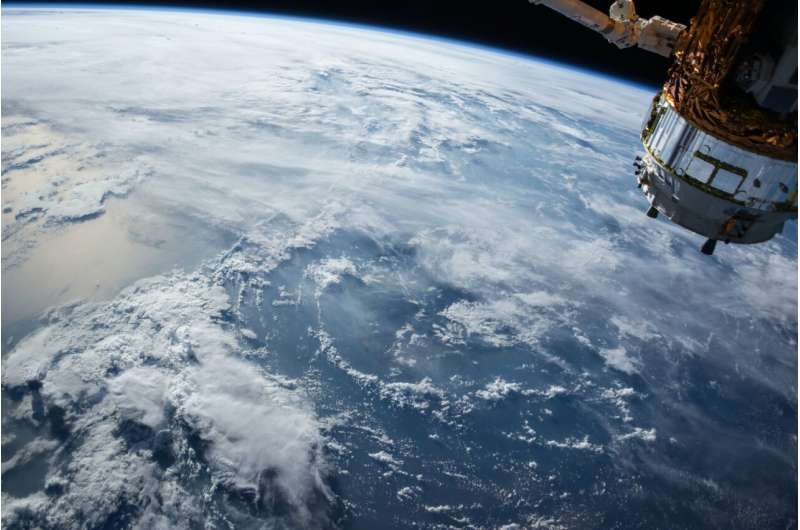
Europe's weather satellite operator has cancelled plans to use the European rocket Ariane 6 less than two weeks before its first-ever launch, opting to go with US firm SpaceX instead, the French newspaper Le Monde has reported.
The latest blow to European space efforts comes after four years of delays to the Ariane 6, which is scheduled to finally blast off for the first time on July 9.
Contacted by AFP on Friday, the European Organization for the Exploitation of Meteorological Satellites (EUMETSAT) could not immediately be reached, while the French company Arianespace, which developed and operates the Ariane 6 rocket, did not comment.
According to the Le Monde report, EUMETSAT's executive committee asked the board of directors representing the organization's 30 member states to launch the MTG-S1 weather satellite on SpaceX's Falcon 9 rocket.
That would mean cancelling the contract EUMETSAT signed with Arianespace four years ago.
The MTG-S1 satellite had been planned to be the third launch on an Ariane 6 rocket, scheduled to blast off sometime early next year.
The Le Monde report did not specify exactly why EUMETSAT ditched the European rocket for US billionaire Elon Musk's SpaceX.
MDA Space receives contract for next phase of lunar Gateway robotic arm development
Friday, 28 June 2024 10:46

Japan's space agency delays launch of upgraded observation satellite on new H3 rocket due to weather
Friday, 28 June 2024 10:43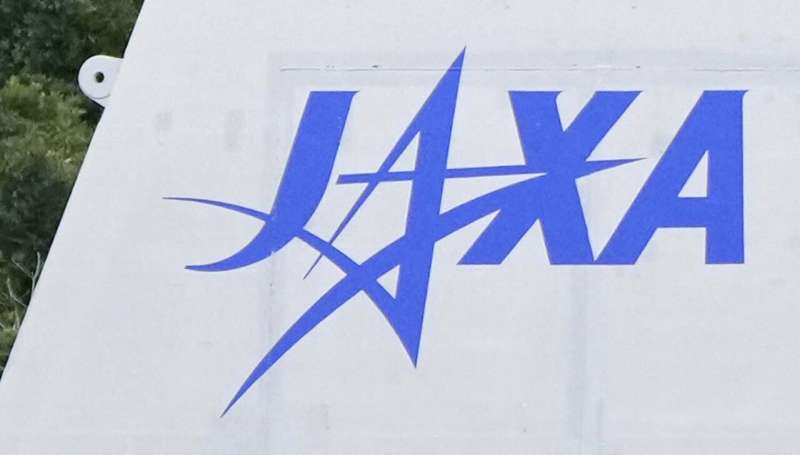
Ariane 6: on the launch pad and ready for liftoff
Friday, 28 June 2024 10:15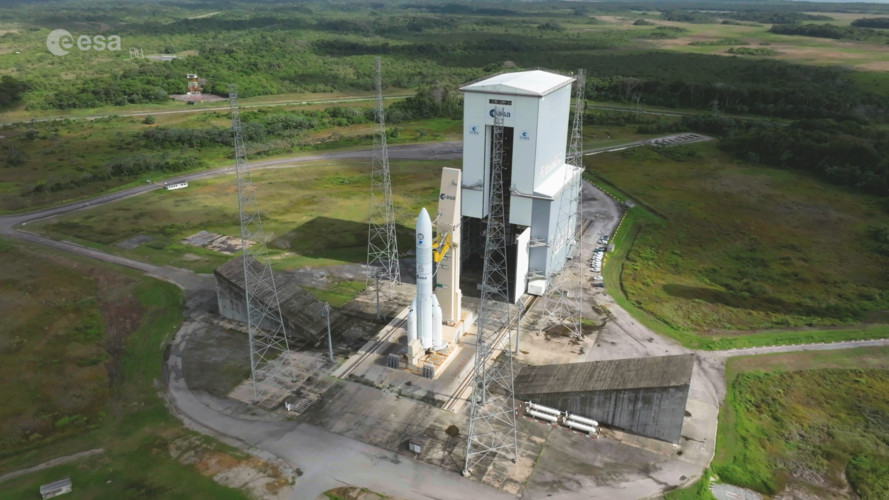 Video:
00:03:00
Video:
00:03:00
On 20 June 2024 the first Ariane 6 rocket to launch into space went through its last full ‘wet dress rehearsal’ at Europe’s Spaceport in French Guiana – it provided an exciting sneak peek of what’s to come, stopping just a few seconds before engine ignition and of course, liftoff.
One of the first steps was to roll back the colossal 90-m tall Ariane 6 mobile gantry building 120 m away from the launch pad – the first moment the complete rocket stood free.
The first parts of Ariane 6 began arriving in French Guiana from continental Europe in February 2024 via the Canopée ‘spaceship’.

